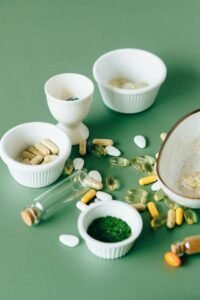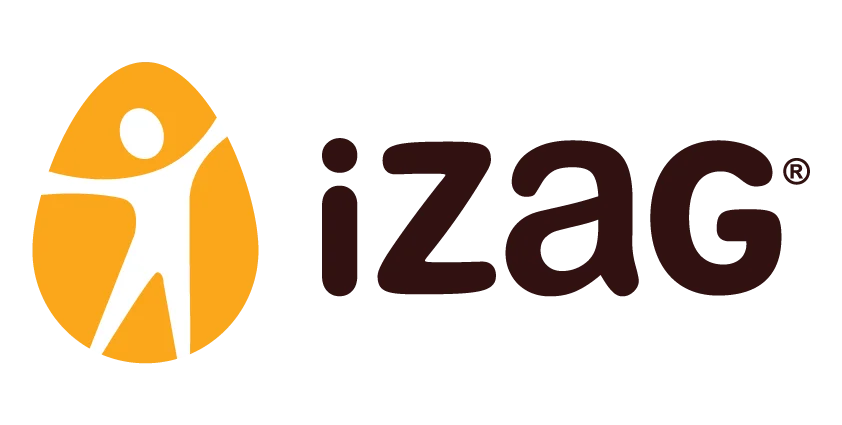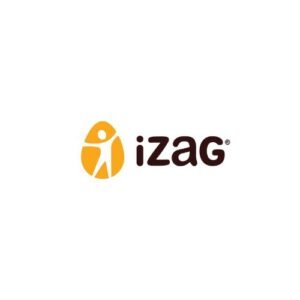Many people rely on iron supplements to fix iron deficiency. However, focusing on iron-rich foods offers a natural solution. Eating nutrient-dense foods boosts iron levels while providing essential vitamins and minerals. This approach supports better health and feels more sustainable than taking tablets. This guide will show you how to improve your iron intake with practical tips and tasty food choices for optimal well-being. Food as an Iron Alternative.

Why Choose Food Over Iron Tablets?
⦁ Nutrient-Rich: Iron-rich foods come with a variety of other nutrients like vitamins, minerals, and fiber that enhance overall health and support the body’s functions. This holistic approach can be more beneficial than isolated iron supplements.
⦁ Improved Absorption: The body absorbs iron more effectively when it comes from food, particularly when combined with vitamin C-rich items that boost absorption. This natural synergy is often more efficient than the iron in supplements.
⦁ Gentler on the Digestive System: Dietary iron is generally easier on the digestive tract compared to supplements, which can cause discomfort and other digestive issues.
⦁ Balanced Intake: Consuming iron through food helps avoid the risk of iron overload, which can be harmful and is a concern with excessive supplementation.
Side Effects of Iron Tablets: Food as an Iron Alternative
⦁ Gastrointestinal Issues: Iron tablets can cause nausea, constipation, diarrhea, and abdominal cramps. These digestive disturbances are common and can make supplement intake uncomfortable.
⦁ Dark Stools: A common side effect is dark or black stools, which can be concerning but usually indicates that the iron is not fully absorbed and is being excreted.
⦁ Metallic Taste: Some people experience a persistent metallic taste in their mouth after taking iron supplements, which can be unpleasant.
⦁ Stomach Irritation: Iron tablets can irritate the stomach lining, potentially exacerbating conditions like gastritis or causing discomfort in those with sensitive stomachs.
⦁ Risk of Overdose: Excessive iron intake from supplements can lead to iron overload, which can damage organs like the liver and heart, particularly in individuals with genetic predispositions.
⦁ Fatigue and Sleepiness: For some, iron tablets can cause drowsiness or a feeling of fatigue, as the body may react to the high doses or the form of iron, leading to a decrease in overall energy levels.
Iron-Rich Foods to Incorporate
Meat and poultry deliver rich amounts of heme iron. Organ meats, especially liver, provide even more. Fish like tuna, salmon, and sardines supply iron along with heart-healthy omega-3s. Eggs, particularly the yolks, offer moderate levels of heme iron.
For plant-based options, legumes are excellent. Lentils, chickpeas, and beans all pack a good iron punch. Nuts and seeds, such as pumpkin seeds, cashews, and almonds, add non-heme iron and healthy fats. Leafy greens like spinach and kale also boost your iron intake—whether raw in salads or cooked into meals.
Don’t forget fortified foods. Many cereals and breads come enriched with iron to help meet daily needs. Finally, dried fruits like apricots and raisins make tasty, iron-rich snacks that are easy to grab on the go.
Enhancing Iron Absorption: Food as an Iron Alternative
To boost iron absorption from plant-based foods, pair them with vitamin C-rich options. Eat citrus fruits like oranges, grapefruits, and lemons for a natural vitamin C boost. Add bell peppers to your meals as they are rich in vitamin C and enhance iron absorption. Include broccoli in your diet to provide both vitamin C and extra iron support. By combining these foods, you can effectively improve your iron levels and maintain overall health.
NOTE:- IT IS ALWAYS RECOMMENDED TO CONSULT YOUR HEALTH CARE PROFESSIONAL. ALL DATA SHARED HERE ARE FOR EDUCATIONAL PURPOSES ONLY.









